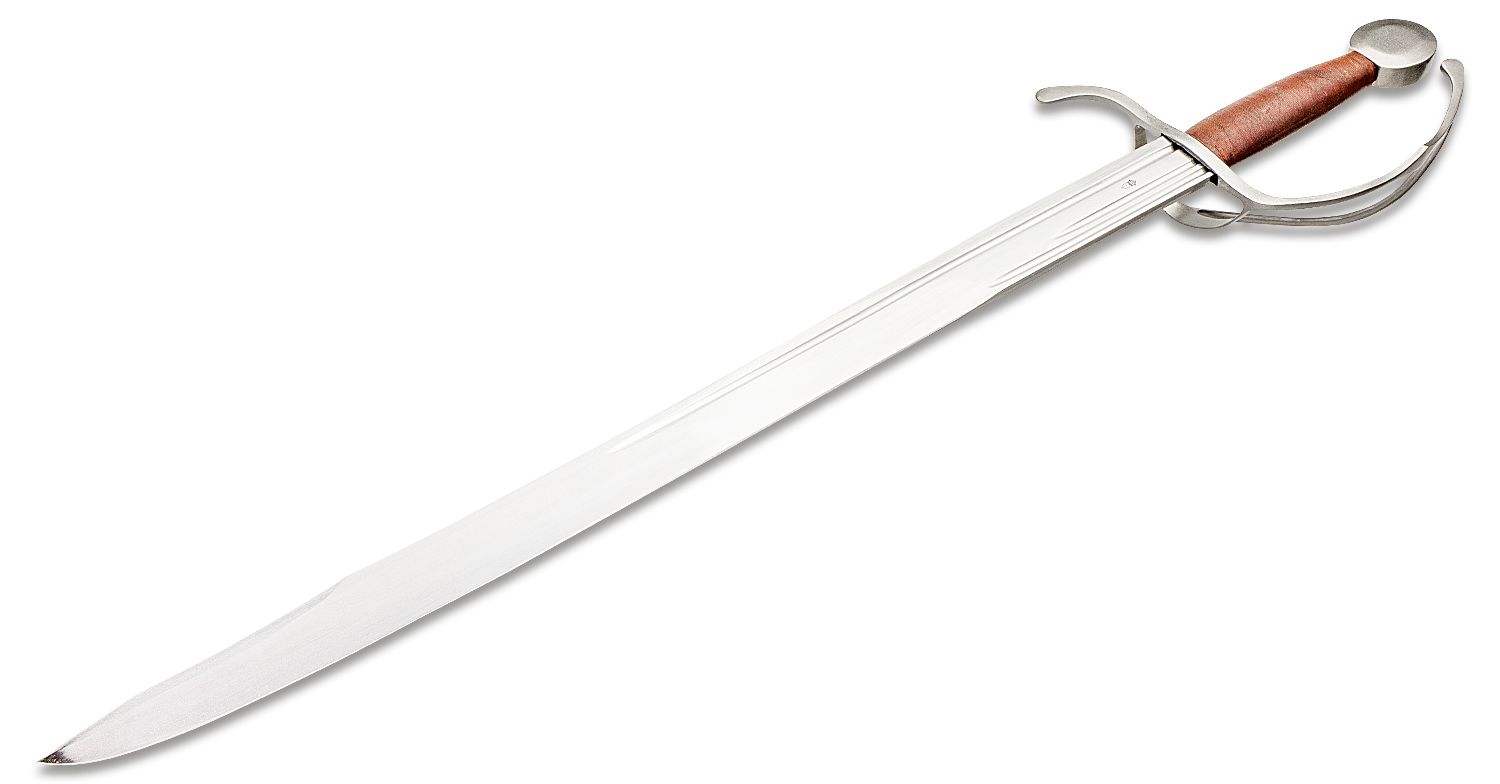
Sword blade designs. Some hilt designs define which edge is the long one while more symmetrical designs allow the long and short edges to be inverted by turning the sword. Bowie knife designs this sheath knife is also called arkansas toothpick was popularized by 19th century pioneer jim bowie and its made from durable high quality steel and comes with versatile hunting knife designsit is a convenient blade and can effectively use for hunting skinning deboning butchering and caping. Here we are referring only to the blade itself. The last and most popular one the pompeii was the shortest among the three which made it easier to handle.
The early xiphos was a bronze sword and in the classical period would have been made of iron. Bronze swords are cast and are thus more easily formed into a leaf shape than iron swords which need to be forged. Even todays best blacksmiths have had a hard time reproducing this. What is that wavy line running down my blade.
Nevertheless students of sword design often look to certain general physical features when describing swords. Thrusting swords such as the rapier and eventually the smallsword were designed to impale their targets quickly and inflict deep stab wounds. The falcata was a curved two foot long sword that was used by celtiberian warriors in ancient spain. Also known as the hamon its the visual divide between the harder and softer metal of the blade.
Mainz fulham and pompeii. Crafted from high quality iron or steel its distinctive blade was single edged near the hilt. Nov 1 2020 explore agisymbas board blade templates followed by 136 people on pinterest. Length guard to tip width top left to right width top to edge edge sharpness onetwo side angle acuteness serration.
Strong lightweight and flexible viking ulfberht blades were forged with astonishingly pure metal called crucible steel. In the early modern period western sword design diverged into roughly two forms the thrusting swords and the sabers. A katanas blade needs to have a harder edge for retention and a softer spine for flexibility. Their long and straight yet light and well balanced design made them highly maneuverable and deadly in a duel but fairly ineffective when used in a slashing or chopping motion.
It comes in many shapes and designs from basic to highly ornamental. It was of three main types. The early celtic la tene short sword contemporary with the xiphos had a virtually identical blade design as the xiphos.
SHARE THIS PAGE!